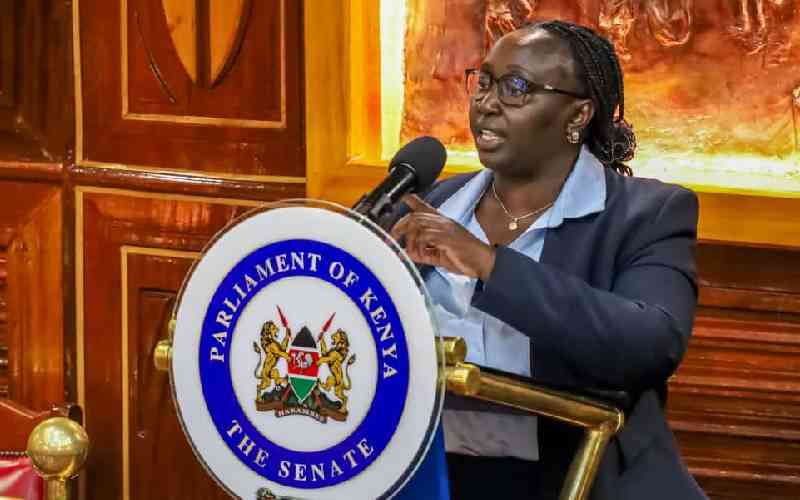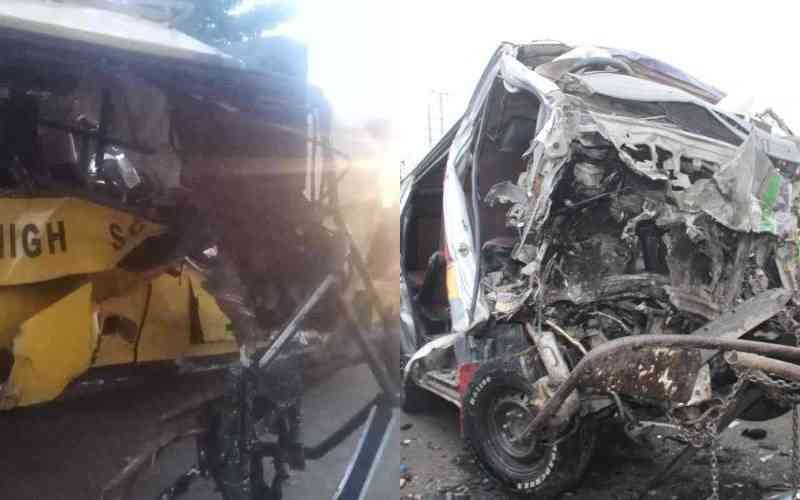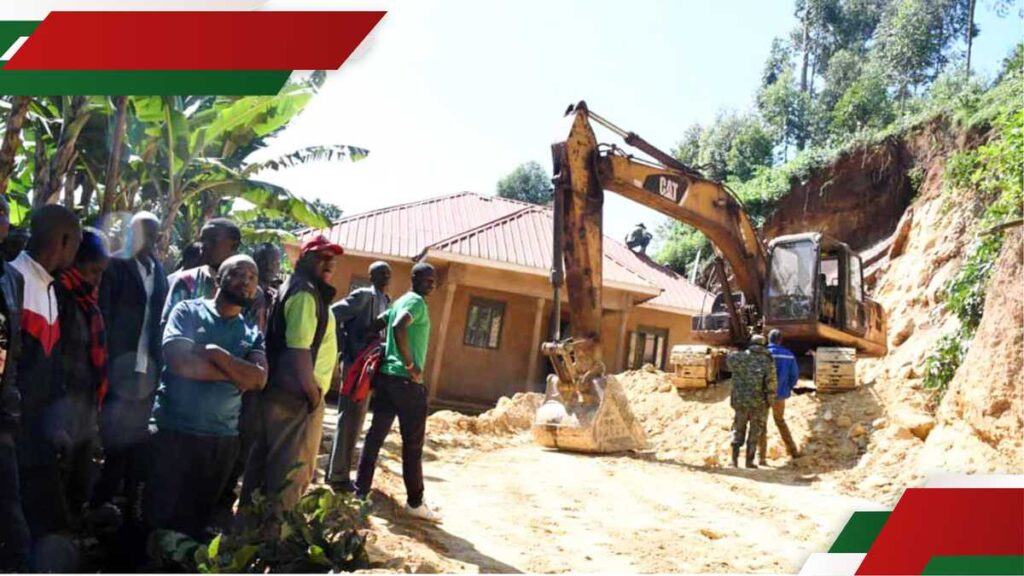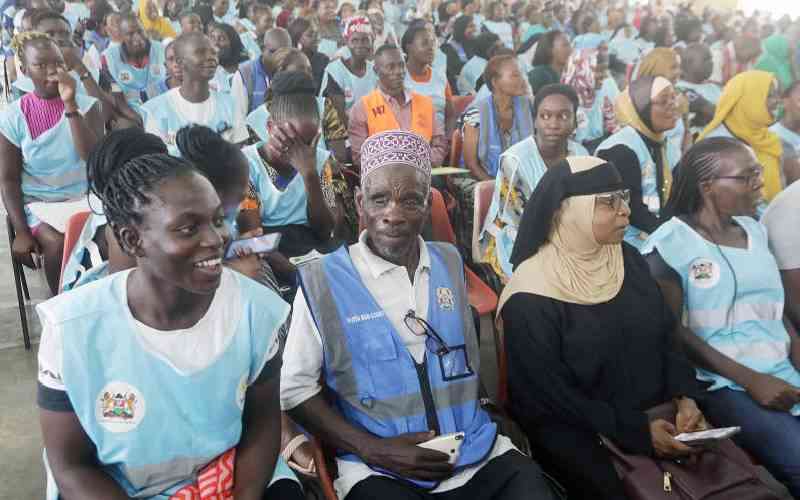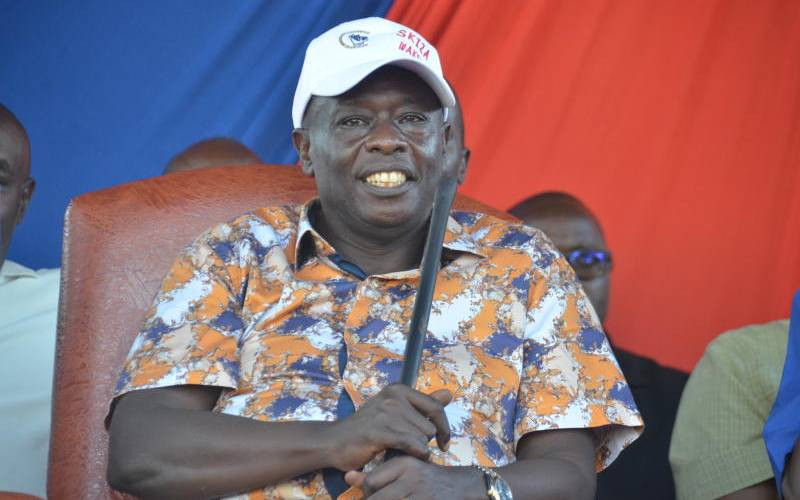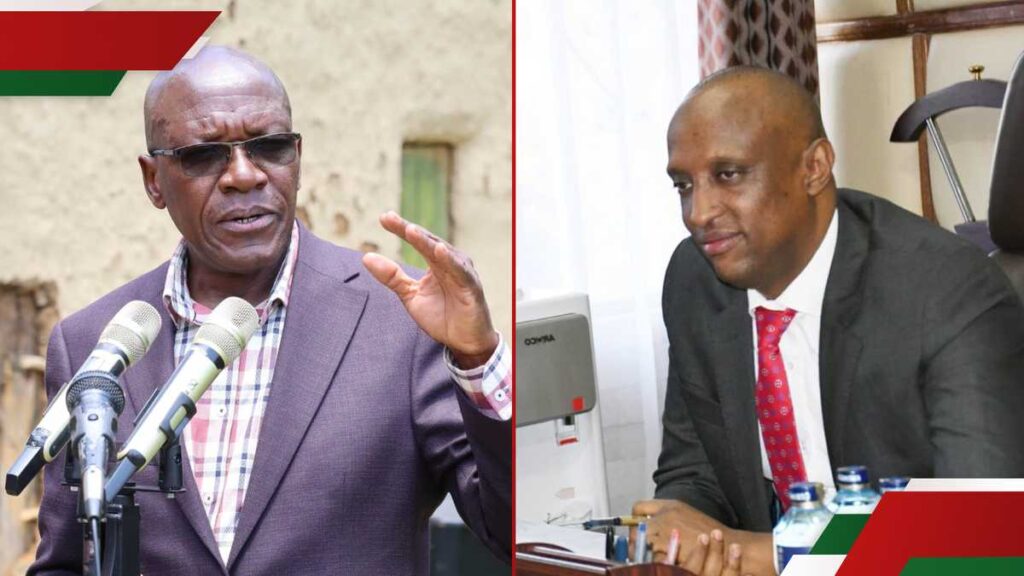The last week has seen the country reel from horrific transport accidents that have left many families of the victims in agony and pain.
About 50 people have lost their lives in major accidents across the country in the last few days, according to reports by authorities.
These cases add to the history of chilling road carnage that the country has witnessed in recent years, resulting in widespread public uproar, with many questioning inaction by the authorities.
One of the latest reports released by National Transport and Safety Authority (NTSA) showed that road carnage continued to soar with at least 400 more people killed in 2024, compared to the previous year.
The data released in January, this year showed that at least 4,748 people died on the roads between January 1 and December 31, 2024 compared to 4,324 in 2023, with the latter month highlighted as deadliest month that year, claiming 470 lives.
The survey also detailed areas believed to be accident hotspots along the country’s major roads. Outering Road, Eastern Bypass, Thika Superhighway, Waiyaki Way and Northern Bypass were listed as roads that recorded the highest number of fatal accidents in the Capital.
In Rift Valley, Salagaa, Sachangwan, Mau Summit around Londiani and Narok- Mai Mahiu road were flagged as notorious accident areas.
Western Kenya and Nyanza, according to the report, also had Yala Bride, Kaburengu, Awasi along Kisumu-Kericho highway and Kiboswa named as accident- prone spots, while Central had Nithi Bridge, Sagana Bridge, Makongeni among other areas.
Coast and Eastern regions saw Maungu-Voi stretch, Sultan Hamud, Navy junction, Namanga and Mto wa Mawe bridge, Machakos-Wamunyu road section, among others listed as hotspots with North Eastern recording the fewest.
In its financial report in July last year, NTSA attributed road accidents to three primary factors—human behaviour, vehicle mechanical conditions, and road infrastructure.
Human behaviour- speeding violations, fatigue, negligence, and pedestrian-related incidents, the report highlighted, remain the leading cause of road deaths in the country.
“Speeding reduces reaction time and exacerbates crash severity, while fatigue impairs driver alertness,” the report read in part.
It also indicated that negligent behaviours such as distracted driving and non-observance of traffic rules contribute to rise in the number of accidents in Kenyan roads.
According to NTSA, pedestrian-related accidents often involving unsafe crossings also pose significant risks, with vehicle mechanical conditions, such as brake failures and tyre bursts emerging from poor maintenance further contributing to the accidents.
Stay informed. Subscribe to our newsletter
Other causes of road crashes, NTSA observed, include defective speed limiters in PSVs the compound risks,
“Issues like ineffective guardrails, insufficient signage, inconsistent speed limits, and the absence of designated pedestrian crossings contribute to confusion and accidents on Kenyan roads,” NTSA said in the report.
These revelations emerged months after the then Transport and Roads Cabinet Secretary Kipchumba Murkomen issued measures that the government believed would end the surging road fatalities and casualties.
He ordered NTSA to conduct a crackdown on private vehicles operating PSVs and warned police and the transport agency officials against colluding with matatu owners to bend the laws.
Months later, he would also announce the return of NTSA officials to roads to “collaborate with the police” even as he sought to introduce cameras mounted on police uniforms.
“You will be seeing a return of the NTSA working with traffic police to enforce traffic safety on our roads as soon as possible,” Murkomen said in March last year.
“The re-testing of all PSV and heavy commercial drivers that had been postponed after an outcry from the sector will now be implemented without further delay.
“All stakeholders are expected to comply and cooperate,” he added, saying “we are privatising law enforcement by using cameras and we are in the advanced process of procuring cameras,” he said.







